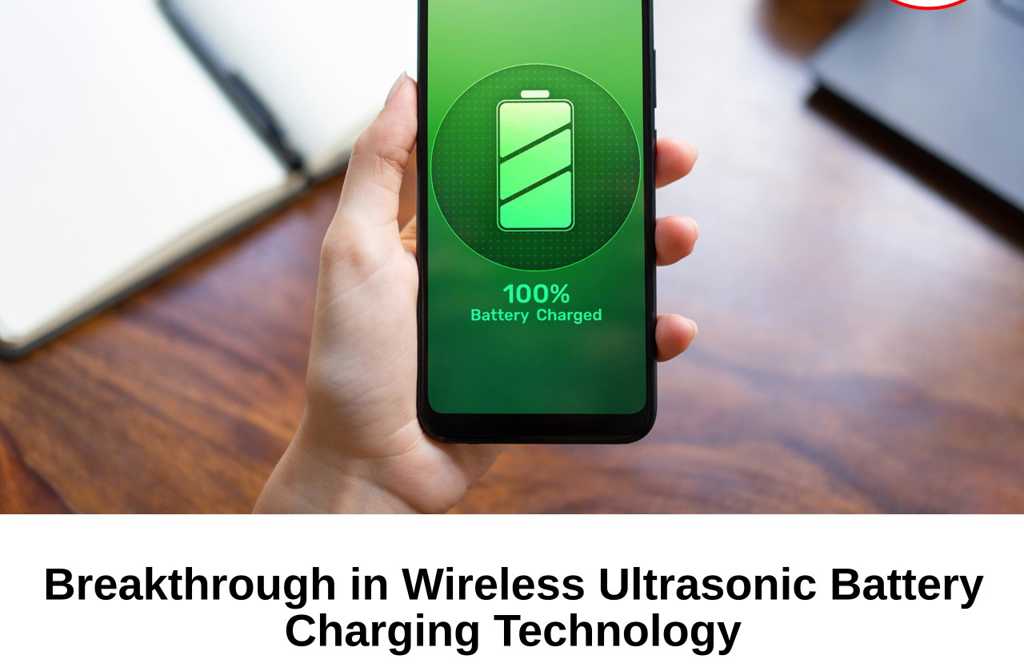Scientists have developed an ultrasonic wireless charging technology for underwater devices
With increasing demand for underwater electronics and medical implants that require stable and safe power sources, researchers from the Korea Institute of Science and Technology and Korea University have introduced an alternative to conventional wireless charging methods. They designed a flexible, biodegradable ultrasound-powered receiver capable of transmitting energy seamlessly, even through biological tissues. The study was published in the journal *Advanced Materials*.
Unlike electromagnetic induction and radiofrequency charging, which show low efficiency in biological tissues and cause electromagnetic interference, ultrasound is safe for humans and minimally absorbed by the body. This makes it particularly promising for powering implantable devices and wearable electronics.
Led by Dr. Songhun Huh and Professor Hyunchul Sohn, the team developed a receiver from high-efficiency piezoelectric materials with a unique structure that maintains performance even when bent. The new device can deliver 20 mW of power across 3 cm underwater and 7 mW through 3 cm of tissue—sufficient for pacemakers, neurostimulators, biosensors, and other low-power devices.
This breakthrough paves the way for widespread adoption of ultrasonic charging in medicine, as well as in marine drones and sensors where long-term, maintenance-free energy is crucial.
“Our research demonstrates the practical feasibility of ultrasonic energy transfer,” noted Dr. Huh. The team is now focusing on miniaturizing the technology for commercial release.
Earlier, scientists accelerated quantum computing by coupling light with matter.


Leave a Reply